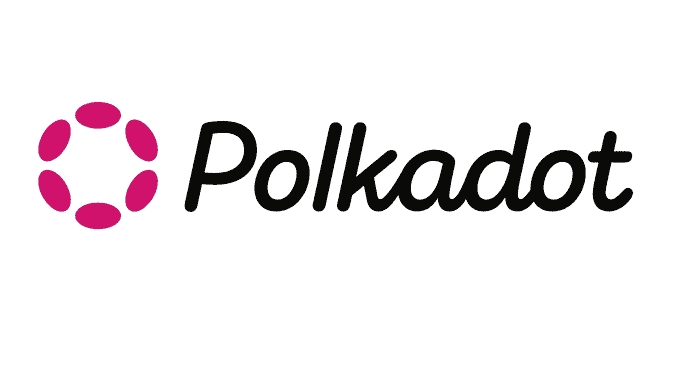Polkadot is a blockchain platform that allows for interoperability between different blockchain networks. This means that different blockchains can communicate with each other, and users can transfer assets from one blockchain to another without intermediaries. With this level of connectivity, Polkadot needs to have strong security measures to ensure the safety of its users’ assets and data. Start your trading journey by investing in a reliable trading platform like Wealth Matrix.
In this article, we will discuss the security features of Polkadot and how they protect users. We will cover the following topics:
- Polkadot’s Consensus Mechanism
- Secure Account Management
- Built-in Governance
- Runtime Upgradability
- Interoperability and Security
- Polkadot’s Consensus Mechanism
Polkadot uses a unique Consensus Mechanism
Called Proof-of-Stake (PoS) to secure its network. This mechanism replaces the energy-intensive Proof-of-Work (PoW) mechanism used by other blockchains like Bitcoin and Ethereum.
In PoS, users who hold the Polkadot token (DOT) can stake their tokens to validate transactions and create new blocks. Validators are selected based on their stake, and they are incentivized to behave honestly because their stake can be slashed if they act maliciously.
Secure Account Management
Polkadot uses a hierarchical deterministic (HD) wallet system to manage user accounts. This means that each account has a unique root key that can generate a virtually unlimited number of child keys.
This makes it easy for users to create multiple accounts without having to remember multiple passwords. The root key is encrypted with a passphrase that only the user knows, which means that even if a hacker gains access to the computer or device where the account is stored, they will not be able to access the account without the passphrase.
Built-in Governance
Polkadot has a built-in governance system that allows token holders to vote on changes to the network. This means that users have a say in how the network is run and can propose and vote on upgrades, changes to fees, and even changes to the consensus mechanism. This gives users a level of control and transparency that is not possible with other blockchains.
Runtime Upgradability
Polkadot has a unique feature called “runtime upgradability,” which allows the network to be upgraded without the need for a hard fork. In a hard fork, the blockchain is split into two separate blockchains, which can cause confusion and security risks.
With runtime upgradability, upgrades can be made to the code that runs on the blockchain without the need for a hard fork. This means that users can benefit from new features and security improvements without any disruption to the network.
Interoperability and Security
Polkadot’s interoperability features are also designed with security in mind. When users transfer assets from one blockchain to another using Polkadot, the assets are locked in a smart contract until they are received on the destination blockchain.
This means that there is no risk of double-spending or loss of funds during the transfer. Additionally, Polkadot’s cross-chain messaging system (XCMP) ensures that messages between blockchains are secure and tamper-proof.
Conclusion
Polkadot’s security features are designed to protect users’ assets and data while also providing a high level of connectivity and interoperability. With its unique consensus mechanism, secure account management, built-in governance, runtime upgradability, and interoperability features, Polkadot is a secure and reliable blockchain platform that users can trust.







